Index
Every now and then, I'll be walking through a camera store or a print shop and I'll get hit by the smell of photo-print fixer and I'll be instantly transported back to my college darkroom. I see the people I knew moving about the film processing lab and the foyer and the drying room, but mostly, I see us all in the darkroom, dim shapes moving about, gingerly exposing photographic paper to precisely measured amounts of light, the red safe-light turning us all into surrealist portraits of people.
But this doesn't happen all that often anymore. Chemical photographic processes have been on the wane for two decades now and it's harder and harder to find anyplace that sells film, much less processes it. And as for fixer and all the other gear needed to make prints? I wouldn't even know where to look.
The thing is, fixer stinks. Like, really bad. But, you get used to it. You have to because fixer doesn't come out of your skin or your clothes easily. (Obviously, you wear protective gear and you tread carefully.) And, like a lot of very strong odors, it can act as a memory trigger, which is what happens to me. We all have our different triggers, mostly associated with formative times and places of our youth. Like the darkroom at NAU.
One of the common themes between my education and my adult life is that most of the technical skills1 I learned were obsolete by the time I graduated. I can splice reel-to-reel audio tape, develop film and create prints from the negatives, and edit a wide-variety of video cassette formats2. All things I have had to do exactly zero times since I graduated from school. And that's fine. After all, splicing tape and editing on videotape are hard, delicate work that is done faster and more easily on a computer.
But I do miss darkrooms.
There is a magic involved in seeing your print emerge from the blank white of the paper as it sits in its bath; the number of failures you have to struggle with make the eventual success all the sweeter. Much as film requires you to shoot more sparingly and to be more attentive to each frame, a darkroom can only save you so much pain before you have to admit defeat and re-do the photo from step one. If you cannot get your negative right, you won't be able to get a good print. Full stop.
But that was then. These days, as I shoot, particularly with my phone, I don't really worry too much about getting things exactly right. I know that I'll be able to take just about any image into the computer and manipulate it to get...something3. Not only do I have the standard exposure and color sliders available in even the most basic photo library software, I can increasingly add any number of filters that recreate different effects and looks.
This became all the more apparent to me this week as I shot on my phone; the amount of light necessary for a phone to make a photo is so much less than either of my ever-aging cameras do. At the beach, my phone could handle the different lighting conditions throughout the day without breaking a sweat. My camera, on the other hand, needed cajoling and sweet-talking to produce even a dark photo or two.
And yet, once I got home to my "digital darkroom," e.g. my computer, the images from both the phone and the camera become nearly indistinguishable4 in how I am able to manipulate them. Color, brightness, warmth, etc. are all just sliders on the right hand side of the screen. I don't need separate chemical baths, different types of paper, or even multi-step processing. I just load them into the computer and, bam, color fixed, exposure fixed, export and go5.
Which is good, because who has the time anymore?
All of which is to say, if you saw this week's photos on Instagram, they might seem a little different than as they are presented here for the simple reason that the ones posted to Insta are raw from the phone, the ones here have been through the digital darkroom. Spot the differences?
Here are this week's notes:
19 August 2022 - "Yellowing" - It's still hot, but the slow changing of the colors is the first signal that summer has entered its late stage. One reason I end up taking photos of the same places is because I love seeing this change.
20 August 2022 - "Beach" - This is one of my favorite photos so far from this summer. I love going to the beach; I love photographing the ocean. Getting there on a dark, cloudy afternoon was great for showing off both the rocks and whitecaps.
21 August 2022 - "More Yellow" - And then back to my neighborhood where the summer grasses and wildflowers are running amok. It's both pretty and irritating when I'm just trying to take the dog for a walk.
22 August 2022 - "Drain Path 2" - I showed off this drain path that I use as a shortcut through my neighborhood back in Issue 5 (August 4th); this is the reverse angle, heading down the hill.
23 August 2022 - "Nikko" - Nikko is a beautiful little mountain town near where I live; the train car in this photo is a museum piece set in front of the train station for visitors to enjoy. It's painted in the colors of the original Nikko Line from back in the '60s.
24 August 2022 - "Obvious" - After leaving town twice this week, being back in my own neighborhood felt a little dull. And as we begin to leave summer behind, the neighborhood gardens are beginning to look a little wilted.
25 August 2022 - "Retaining Wall " - Every retaining wall in Japan has something like this - plants growing out of drainage pipes, cracks, and joins. I always wonder if it's something that was foreseen and is allowed to happen or if this has some engineers somewhere panicked about when the whole thing is going to come down.
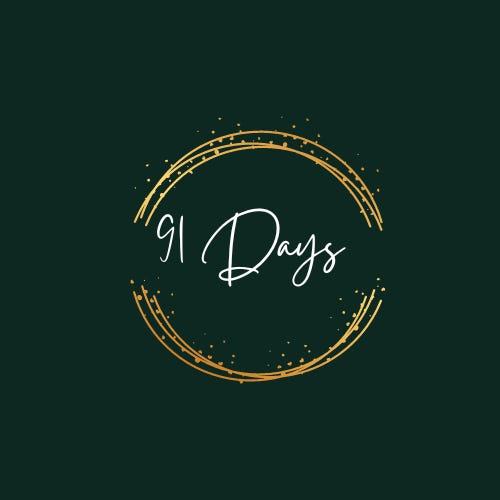
In fairness, the fundamental theories and processes behind the technical skills have stood me in good stead and have transferred over to the digital era mostly intact.
And don't even get me started on all the manual drafting and newspaper and magazine layout skills.
Obviously, there are still some shots that are better than others, but by-and-large, shooting digitally removes the trial-and-error feeling of shooting on film.
Ok, there are a lot of differences including sensor size, natural versus digital zoom, grain, etc. etc.
I do have to say that if I was shooting for other people, i.e. being hired by someone, this process would be much more involved and would require lots of touch-up work, perhaps even altering parts of the image itself.






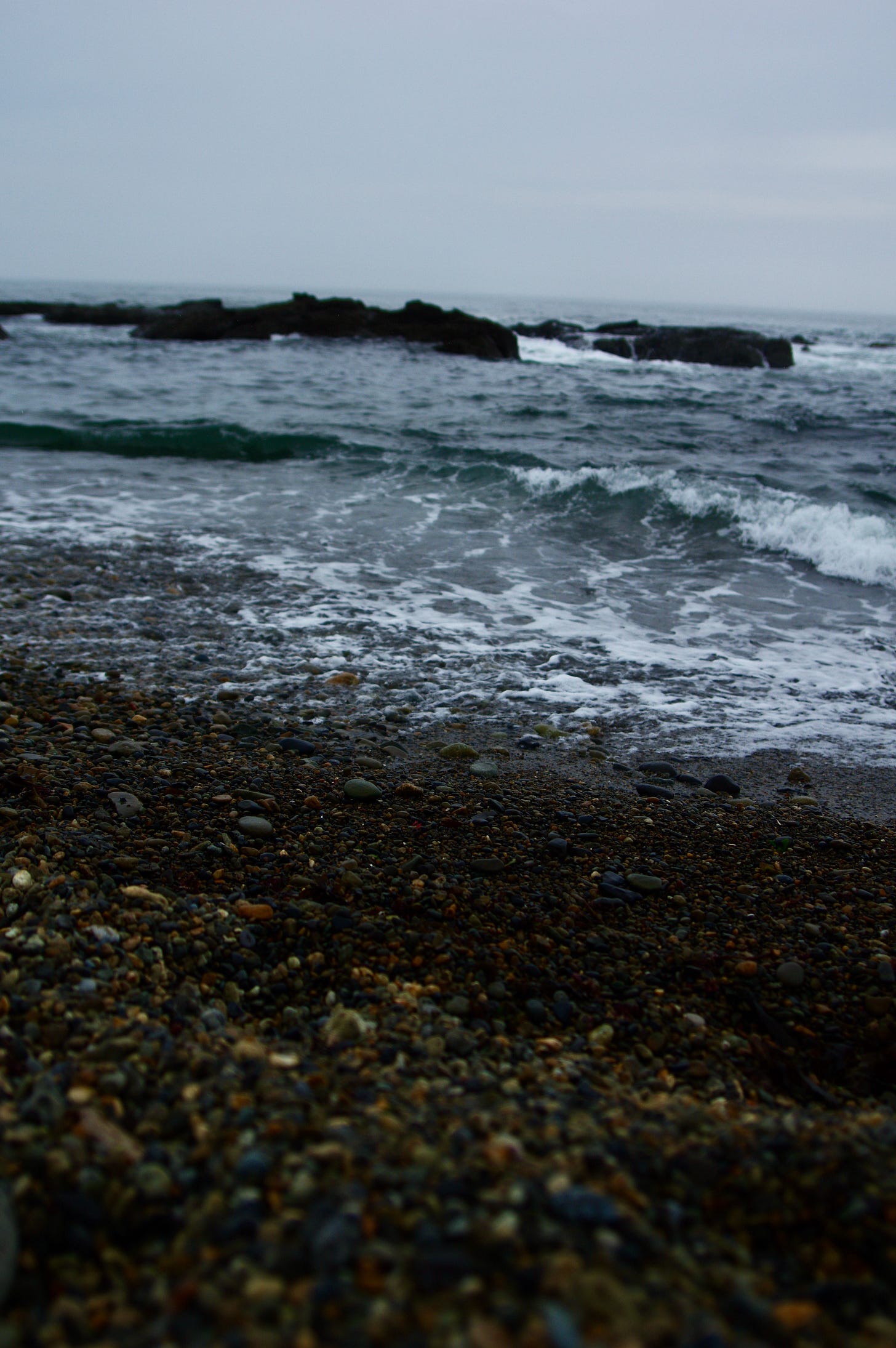
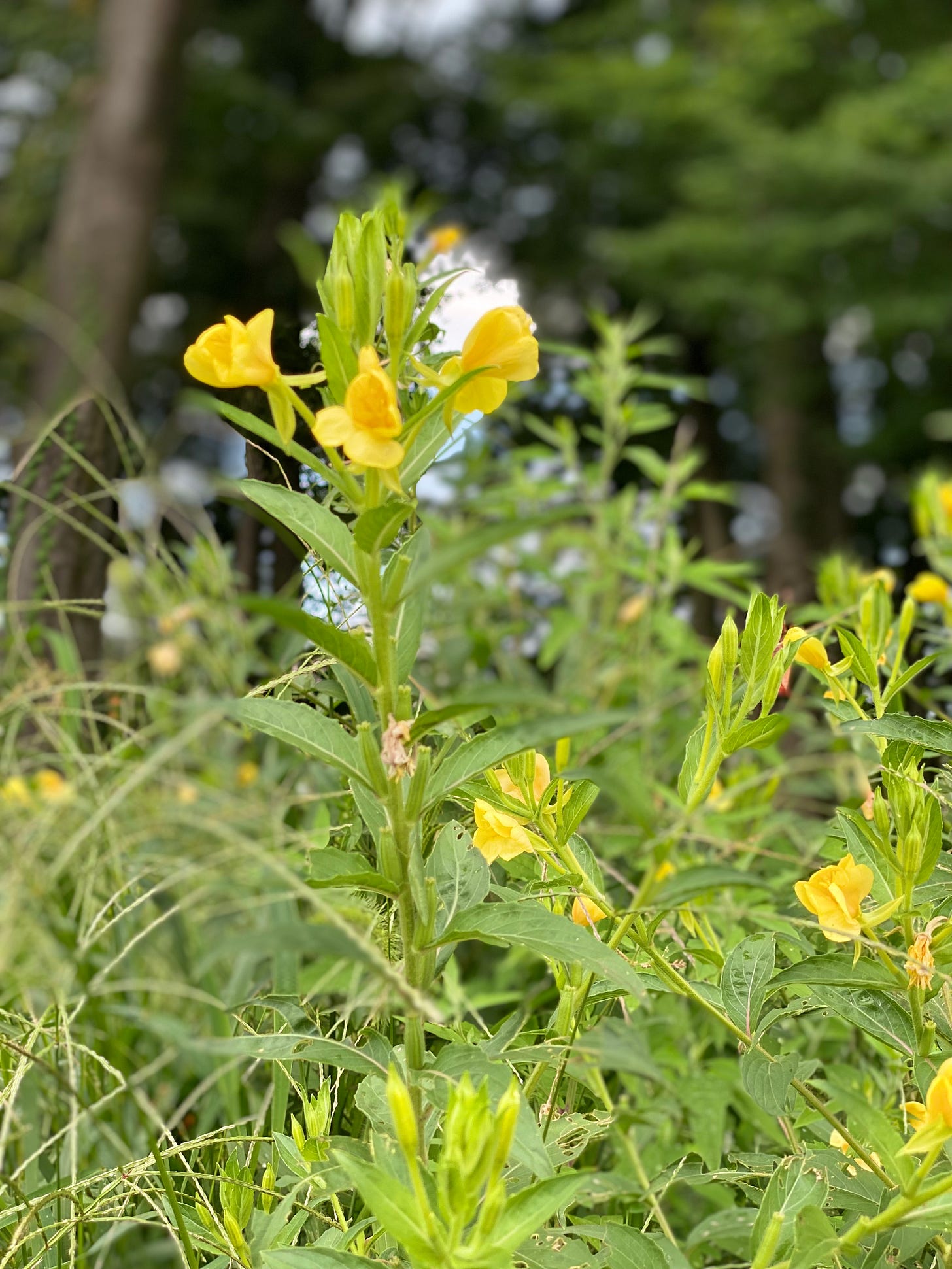
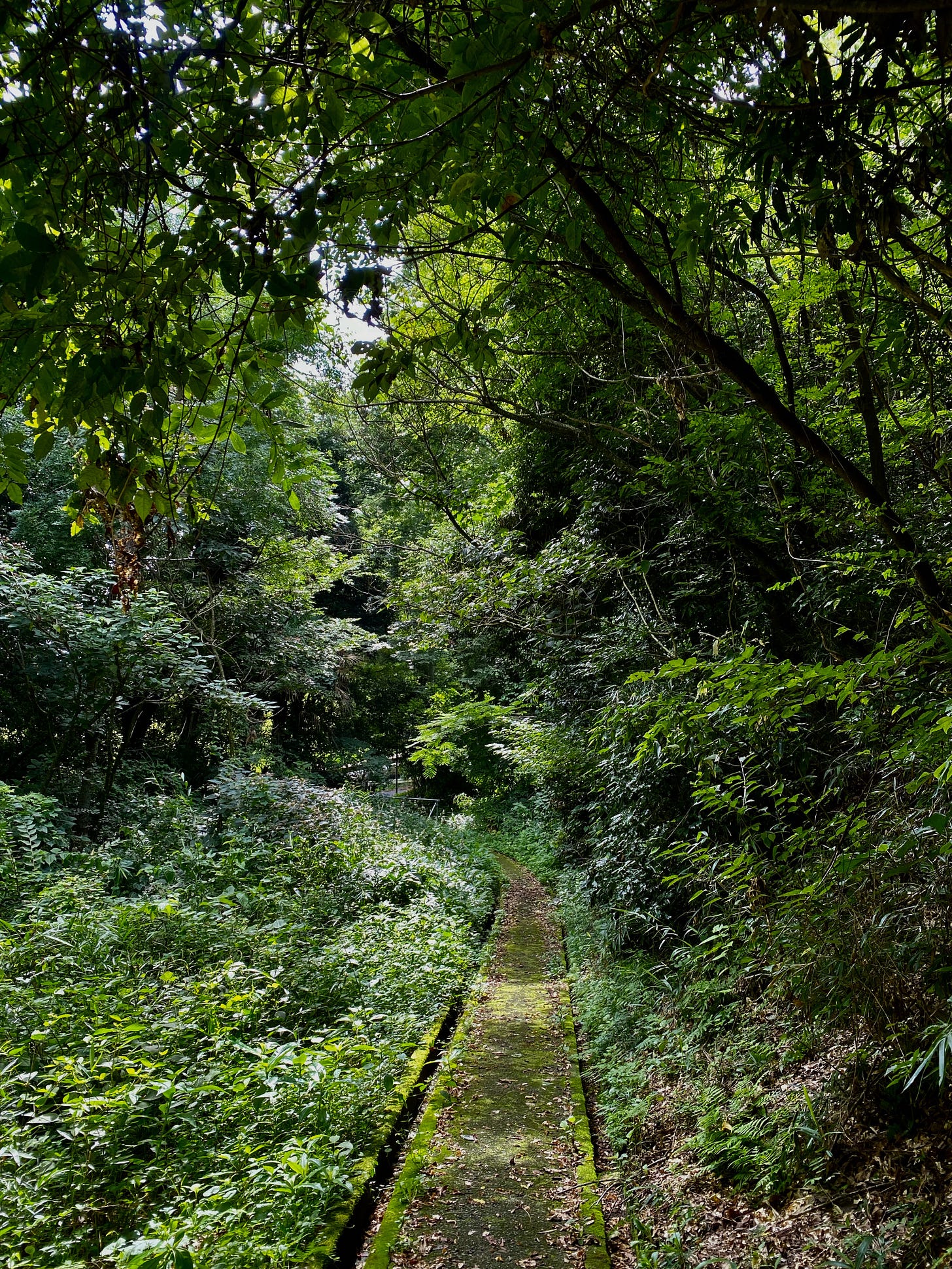

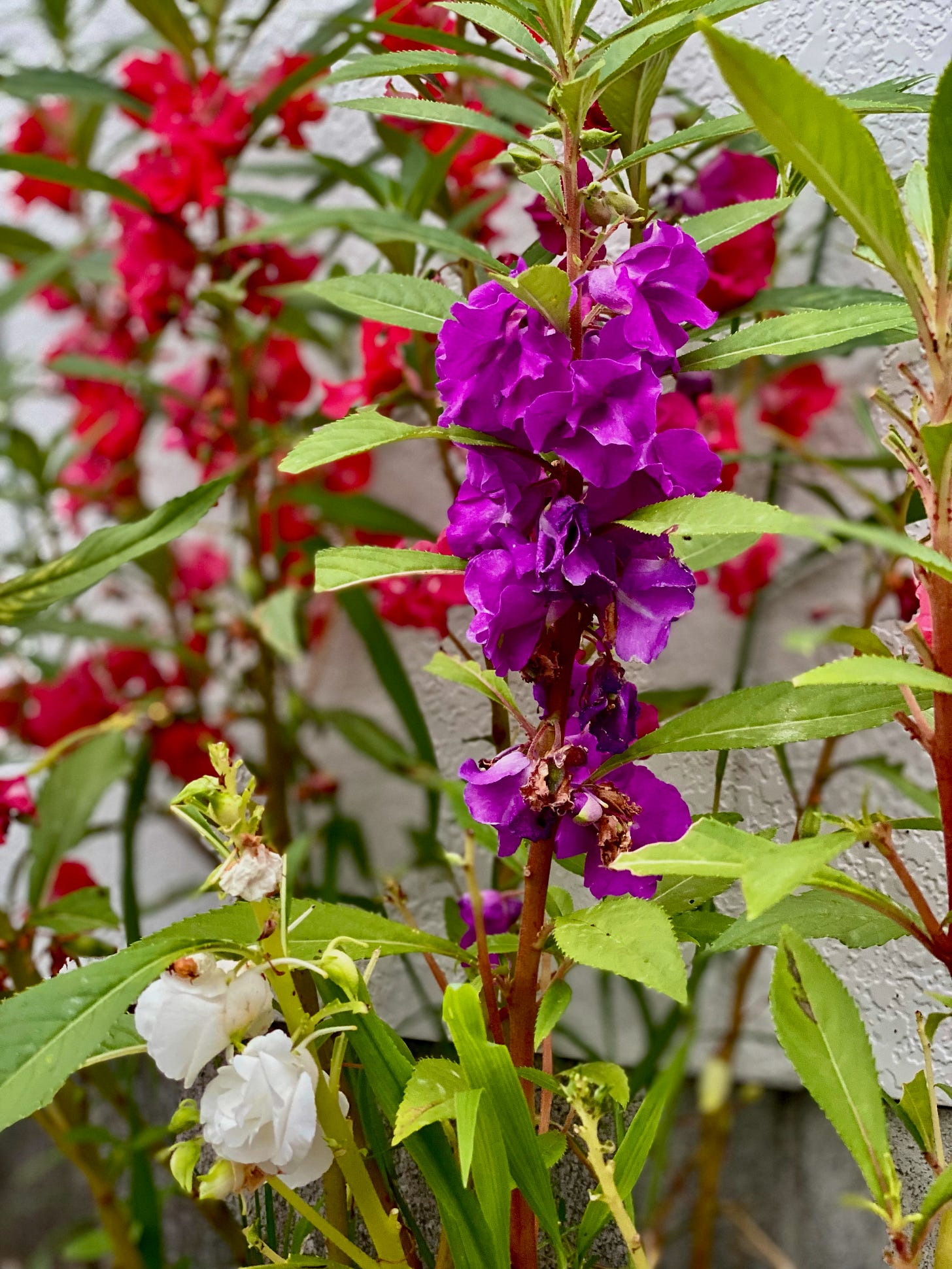

Loved the story about darkrooms. Something that instantly takes you to early 2000s is the negative reels of the camera.
Though I don't get anything at all, when it comes to color corrections. :-)